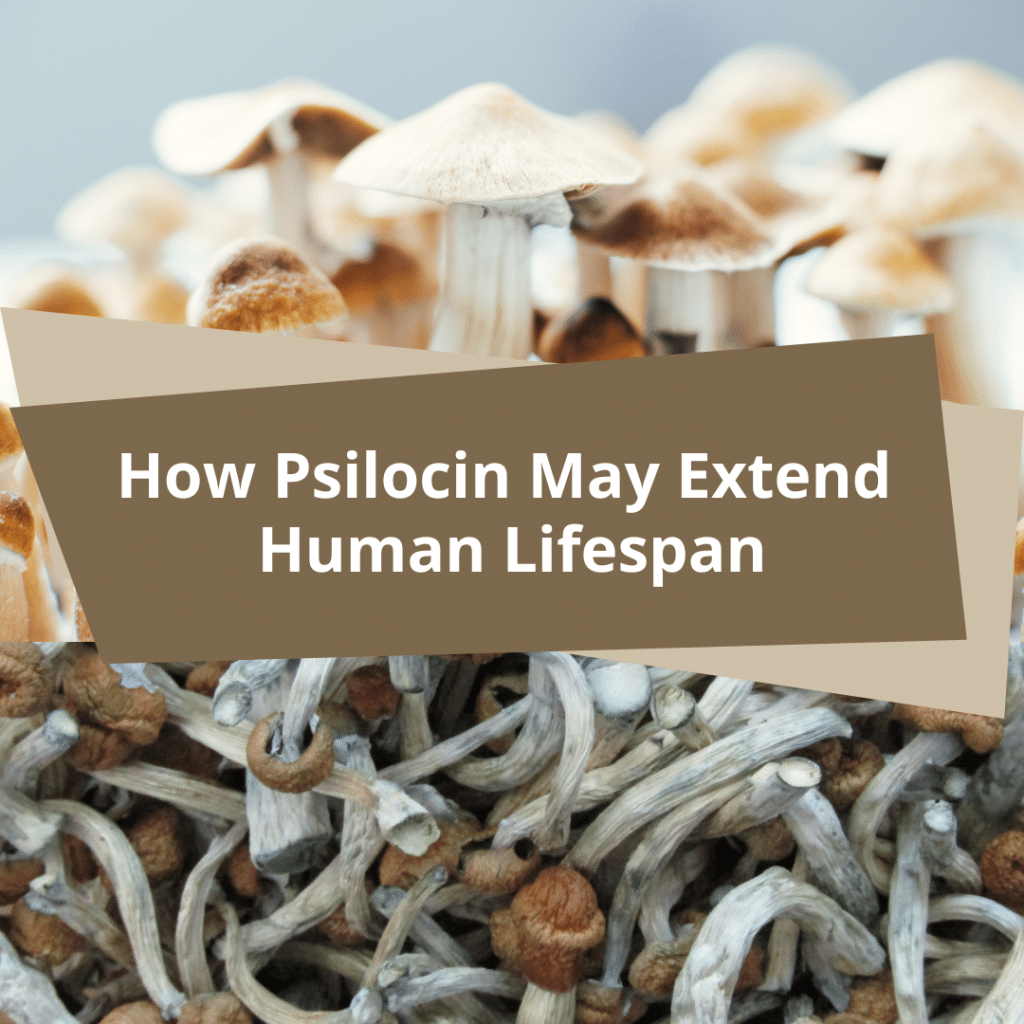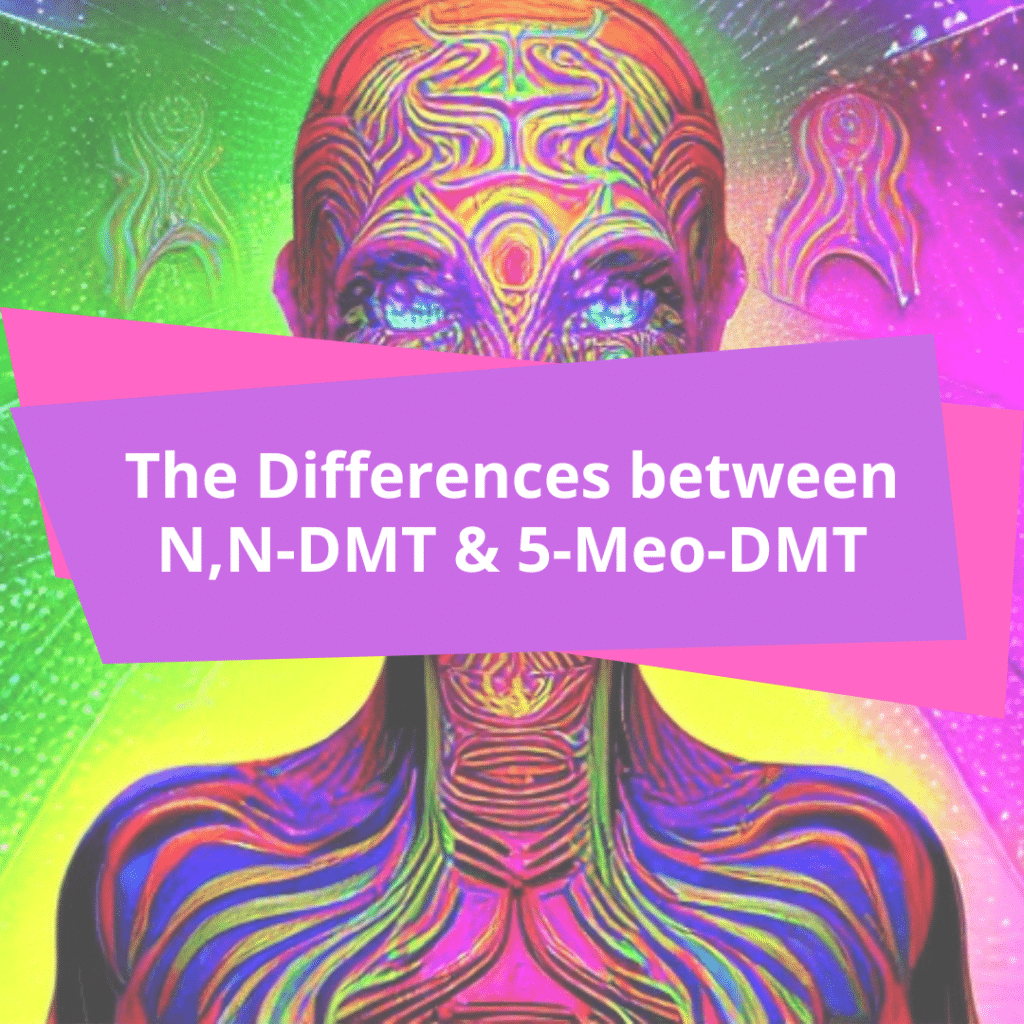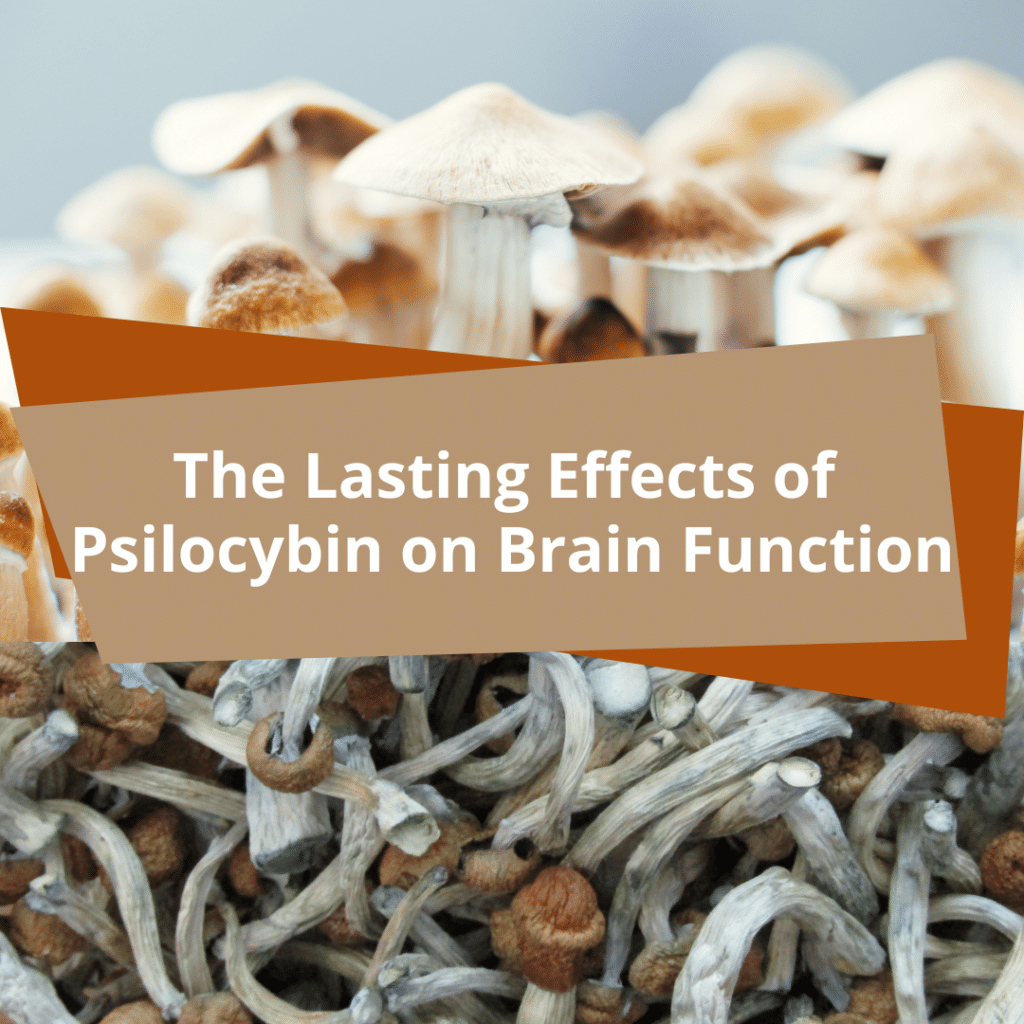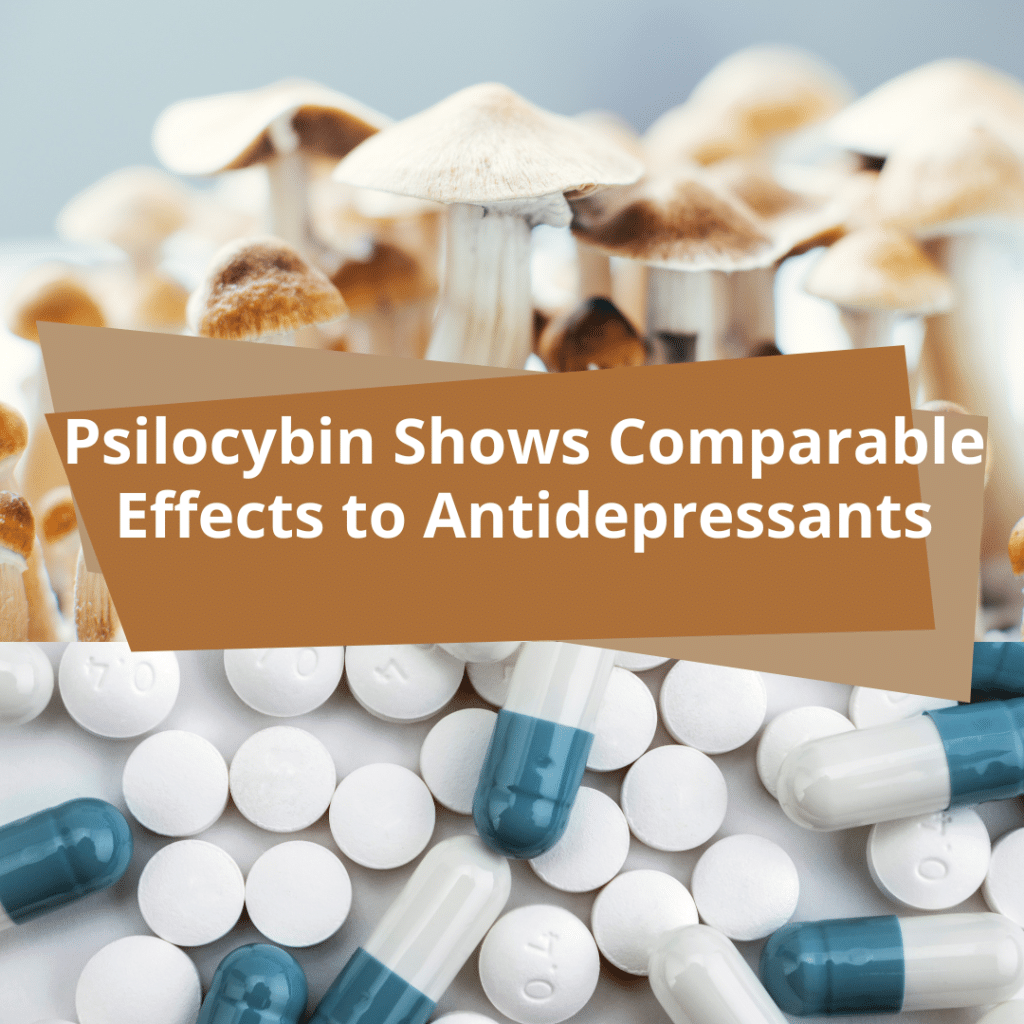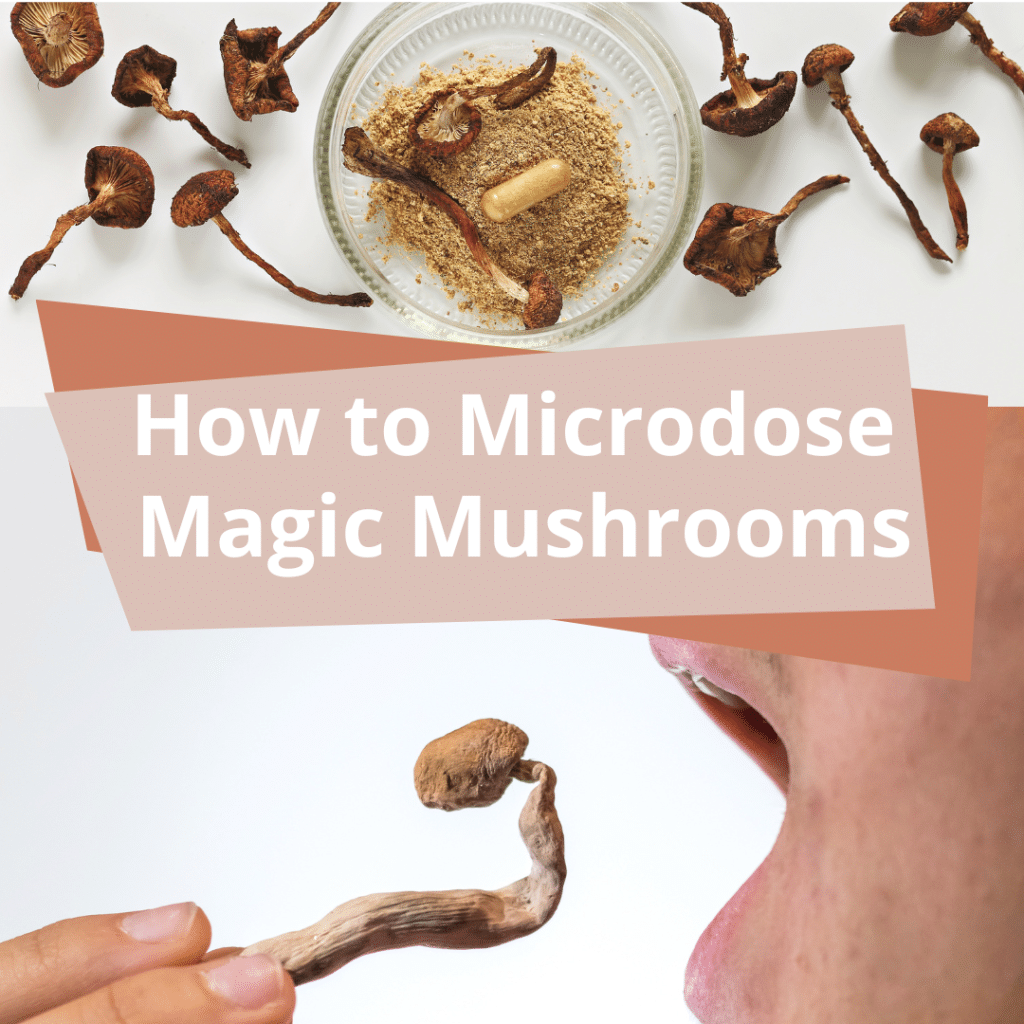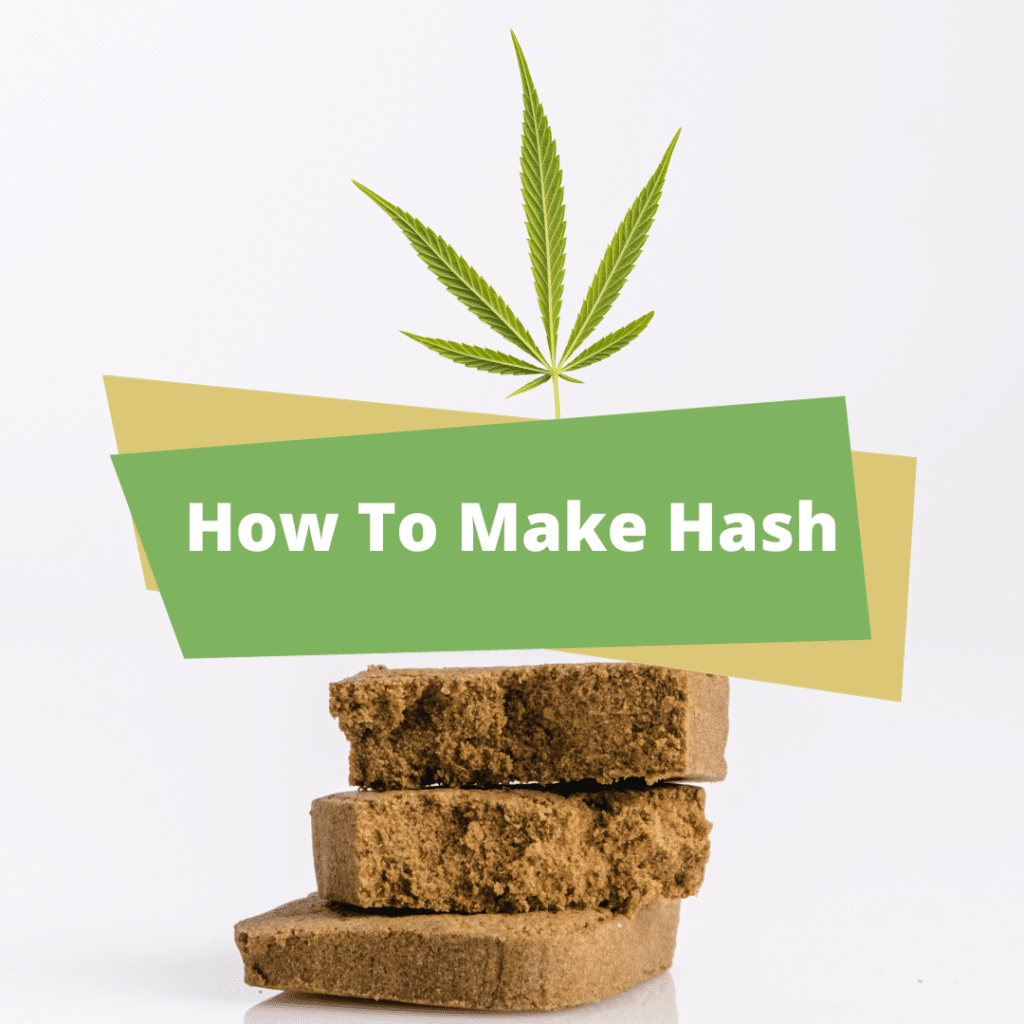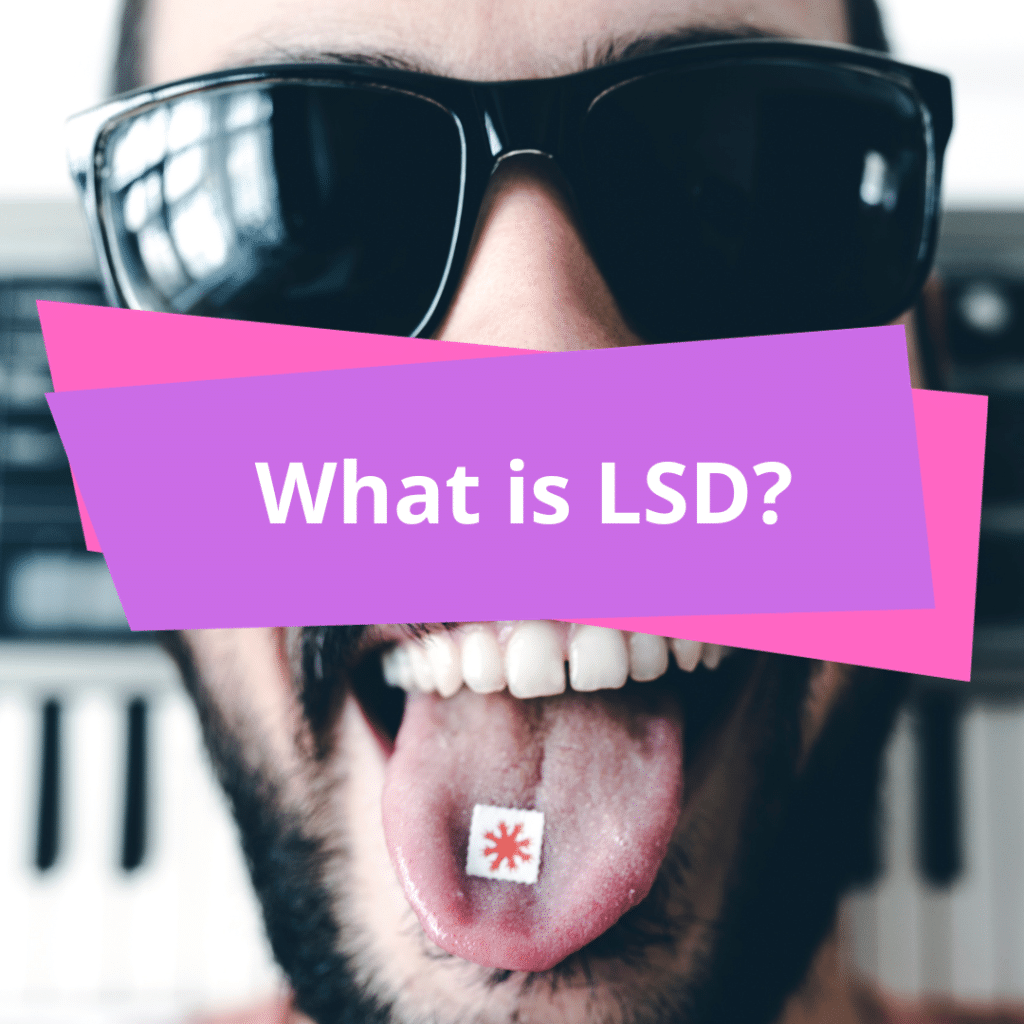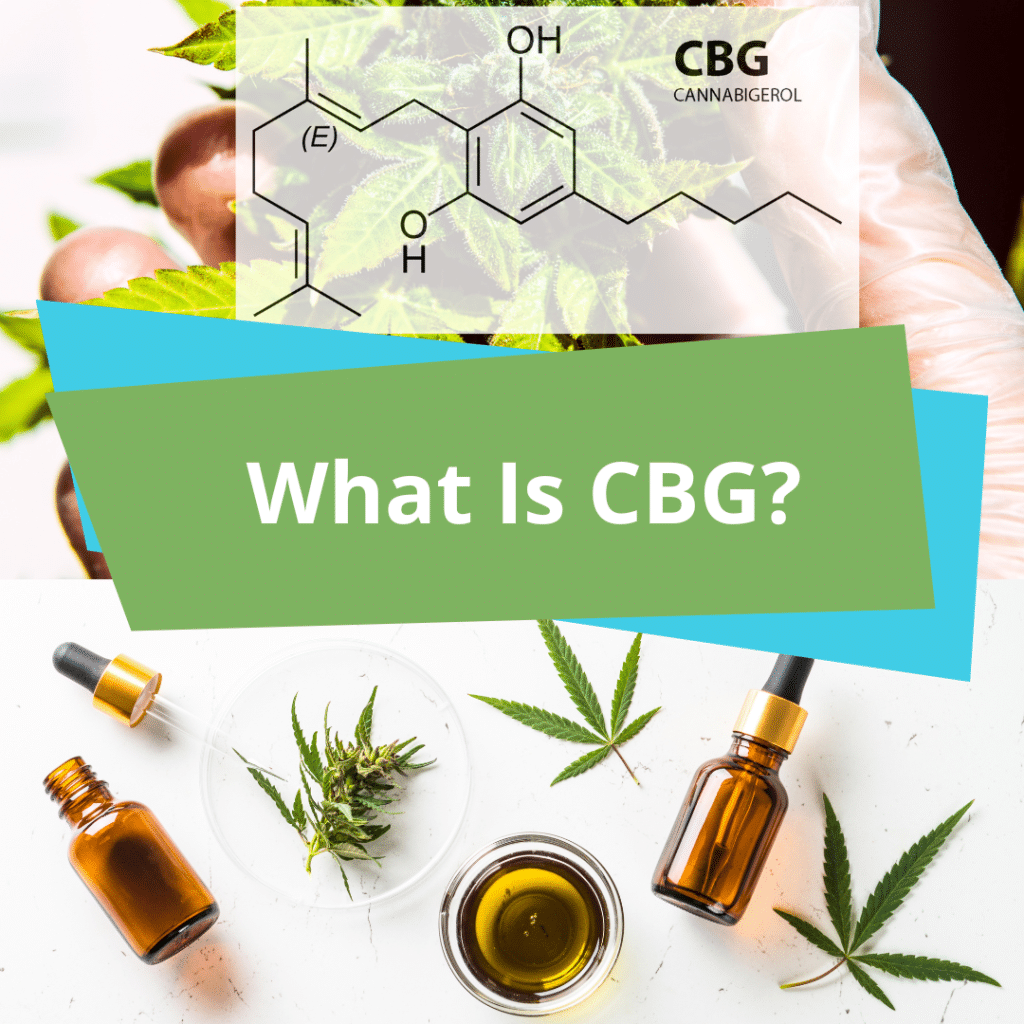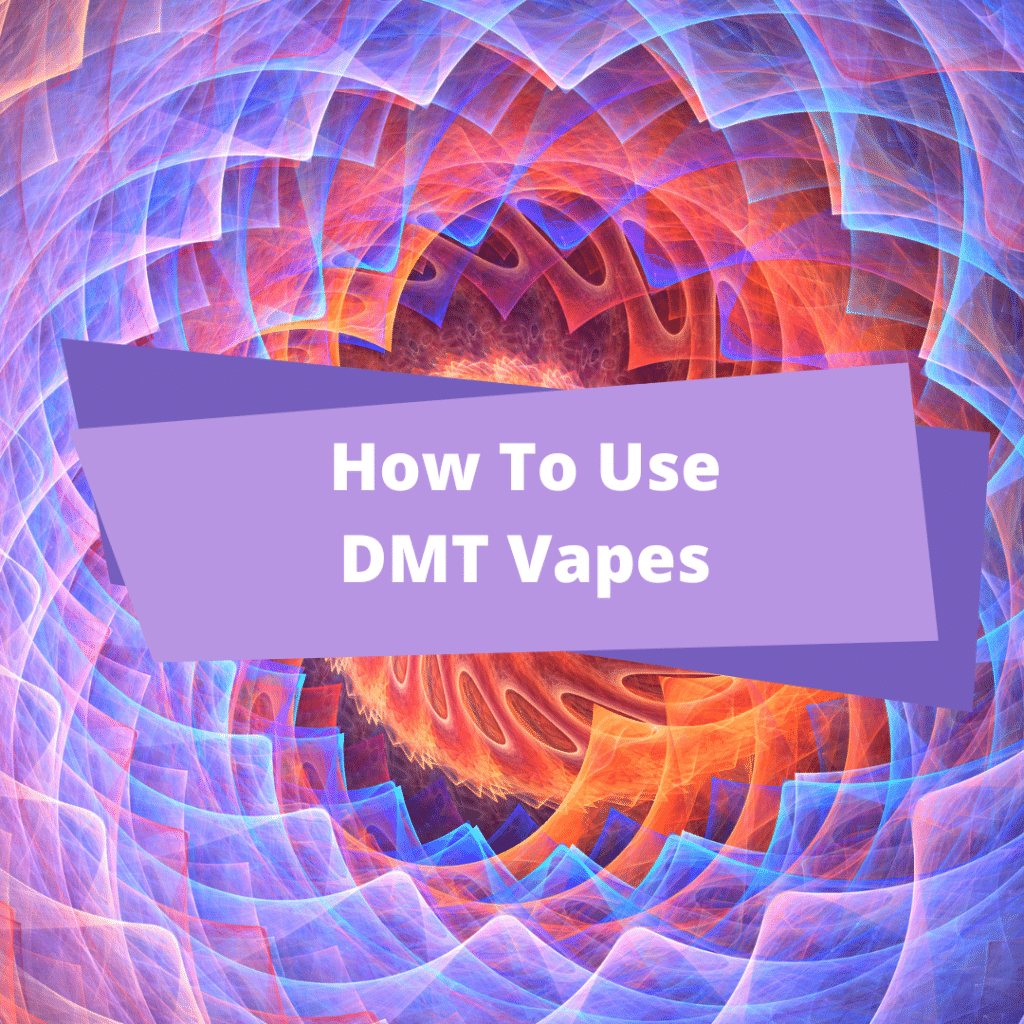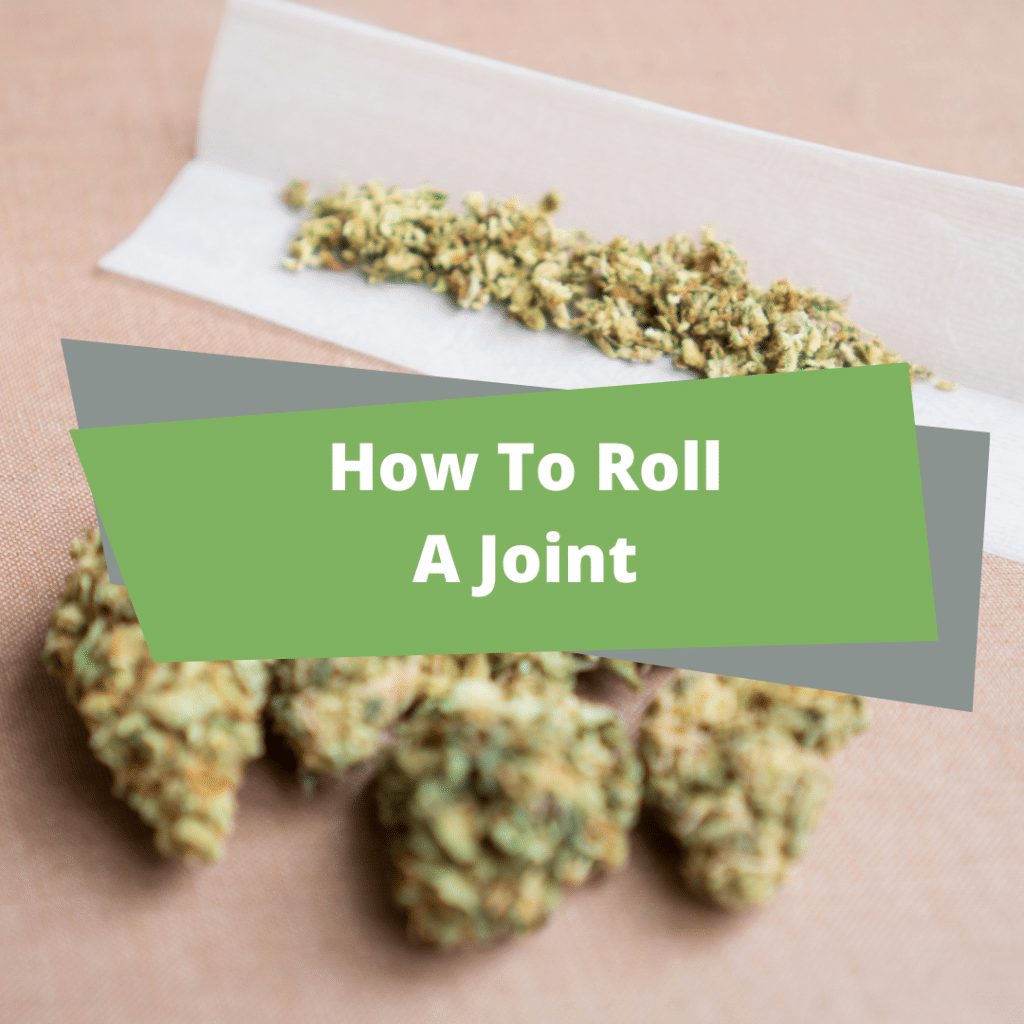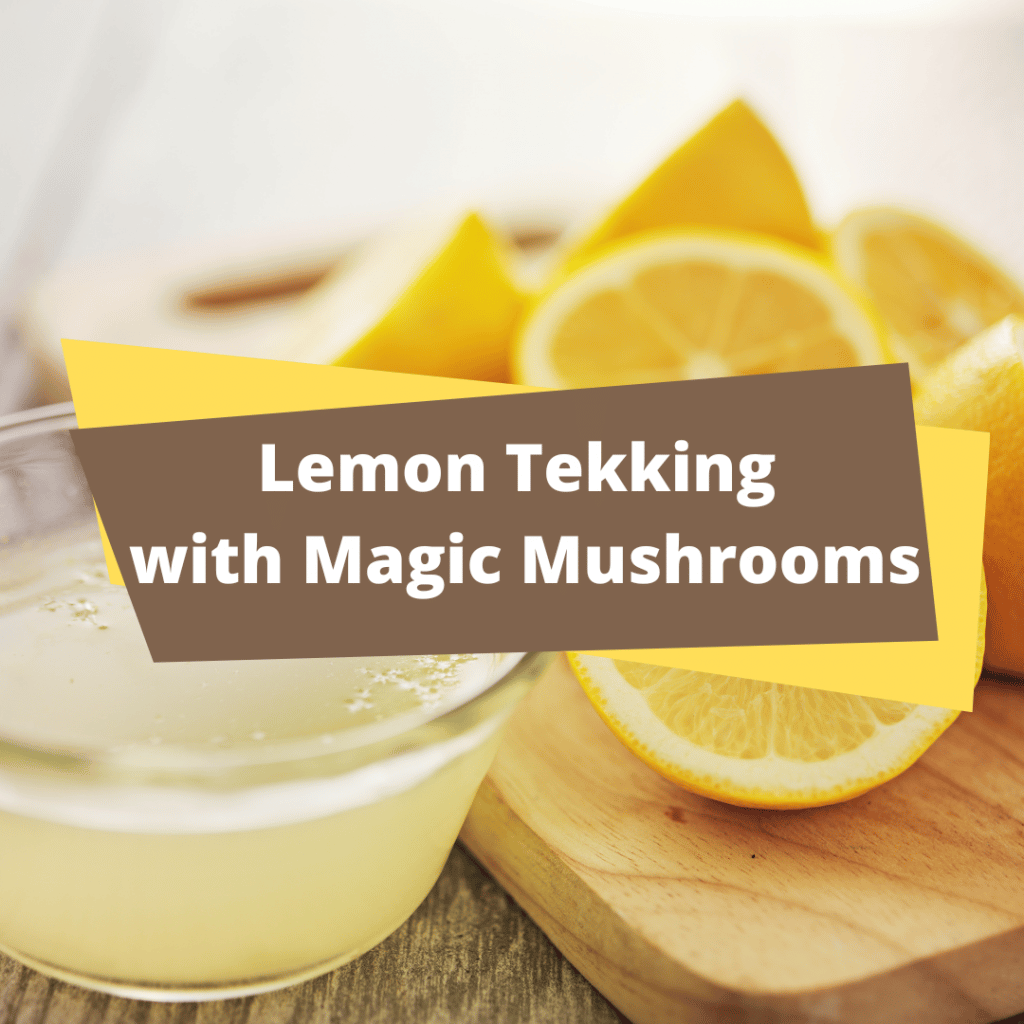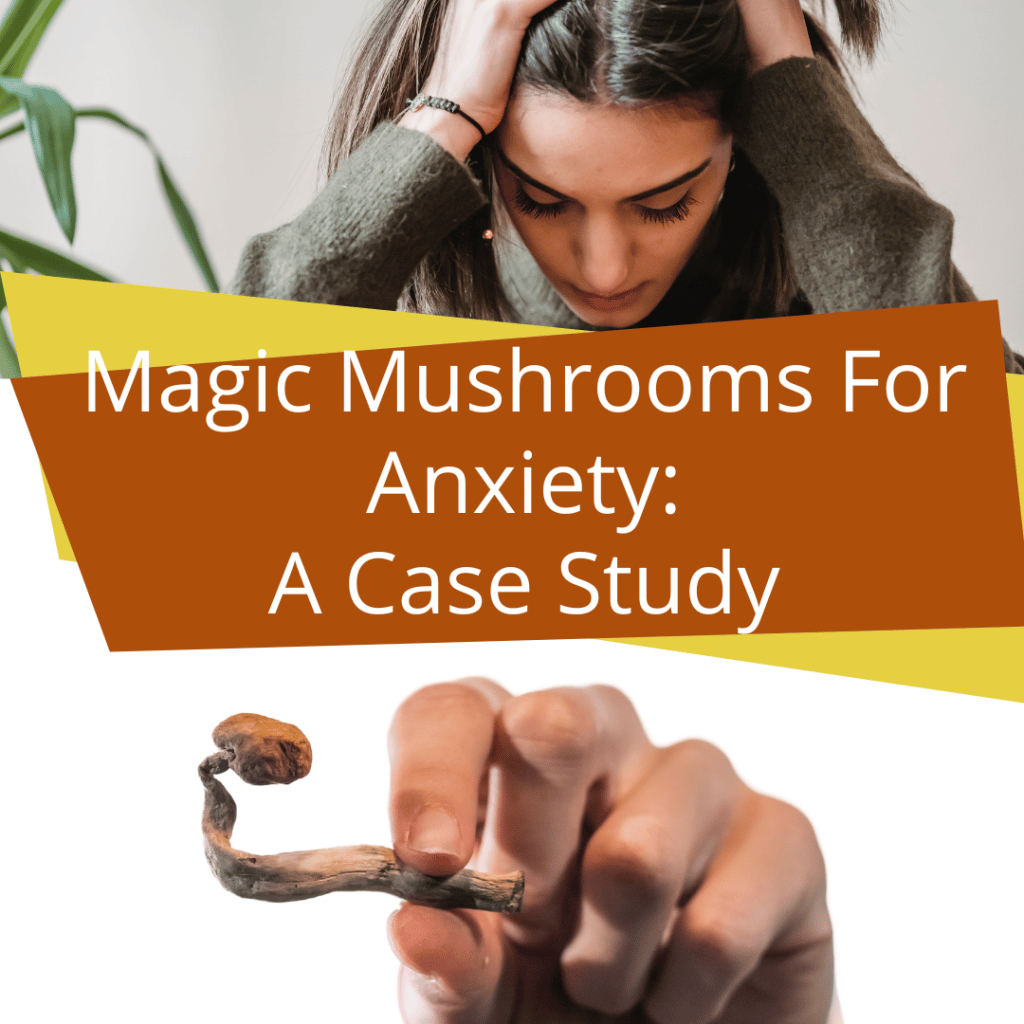Cannabis, Psilocybin & Psychedelics Info
Psilocybin and Cellular Ageing The therapeutic potential of psilocybin, the naturally occurring psychedelic compound found in over 200 species of mushrooms, continues to expand beyond mental health. While its role in reducing depression, anxiety, and trauma is increasingly recognized, emerging laboratory studies suggest that psilocybin may also have profound effects...
When it comes to powerful psychedelics, few compare to N,N-Dimethyltryptamine (N,N-DMT) and 5-Methoxy-N,N-Dimethyltryptamine (5-MeO-DMT). Though both are fast-acting tryptamines with similar chemical structures, they offer radically different experiences. Whether you’re seeking mystical insight or deep ego dissolution, understanding the contrast between the two is essential for a safe and meaningful...
Recent research has uncovered exciting findings about the lasting effects of psilocybin, a powerful psychedelic compound known for its ability to alter brain function and behaviour. A study conducted by researchers using advanced neuroimaging techniques explored whether psilocybin causes enduring changes to the brain’s structure and functioning, particularly in terms...
A systematic review and meta-analysis published in The BMJ today suggests that high doses of psilocybin, the active compound in magic mushrooms, may have similar effects on depressive symptoms as the selective serotonin reuptake inhibitor (SSRI) drug escitalopram (sold under brand names such as Lexapro and Cipralex). The analysis found...
Microdosing magic mushrooms has gained popularity recently as a method for exploring the potential benefits of psilocybin, the active compound in these fungi. This practice, often associated with enhanced creativity, improved mood, and increased focus, has drawn the attention of many individuals seeking alternative ways to improve their mental well-being....
The cannabis concentrate Hash first made its debut in the 9th century, and it remains popular to this day. Compared with solvent-derived concentrates, Hash is relatively simple to make and even easier to enjoy. With a cannabinoid range of 30-60%, its onset is headier than straight cannabis but manageable and...
LSD, often called ‘Acid,’ is lysergic acid diethylamide, a powerful hallucinogen that alters perception, thoughts, and feelings. It is derived from a fungus known as ergot and was famously first synthesized in a laboratory in 1938.‘Dropping acid’ or consuming LSD can induce profound changes in sensory perception, mood, and consciousness....
CBG stands for cannabigerol, which is one of the many cannabinoids found in the cannabis plant. CBG is playfully referred to as the “mother of cannabinoids” because it is considered a precursor to other cannabinoids like THC (tetrahydrocannabinol) and CBD (cannabidiol). It is a non-psychoactive compound, meaning it doesn’t produce...
DMT, also known as the “spirit molecule”, is a powerful hallucinogen that occurs naturally in plants and animals. It produces effects similar to those of psilocybin and LSD but far more potent. A well-known method of having a psychedelic experience with DMT involves drinking brewed ayahuasca whose plants contain the...
Rolling joints is a skill that has been around for centuries, and it is still popular today. If you smoke joints regularly, it’s a great way to save money, while allowing you to experiment and customize your cannabis experience. In this quick read, we’ll explain how to roll a joint...
Lemon tekking is a method of consuming psilocybin mushrooms that involves grinding them up, mixing them with lemon juice, and consuming the mixture. For many psychonauts, it is the preferred method of consumption. The idea behind lemon tekking is that the acid in the lemon juice helps to break down the psilocybin...
Disclaimer: This is an honest and anecdotal discussion of this writer’s experience using magic mushrooms for anxiety and depression. Please be aware that there will be references to depression, suicide, and other related and possibly triggering topics. That being said, while this article is frank, I will also be keeping my symptom...
